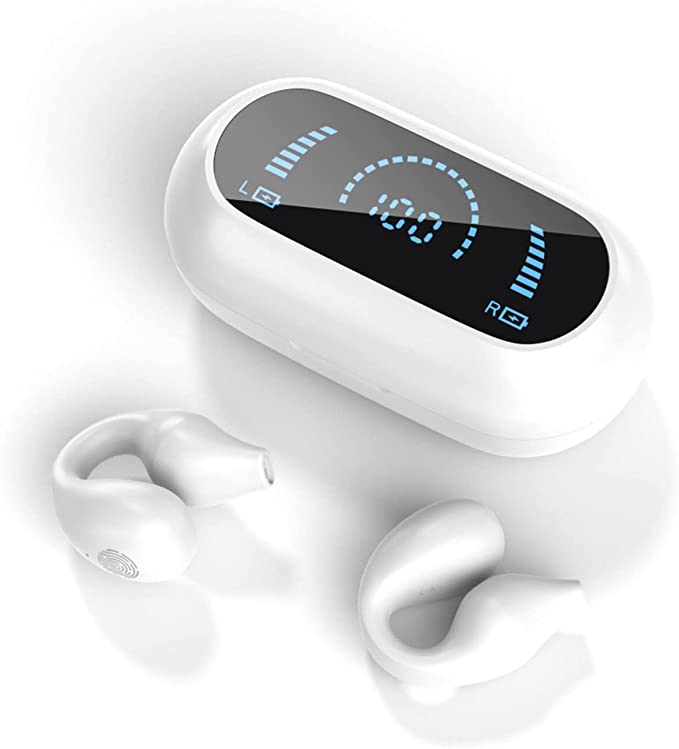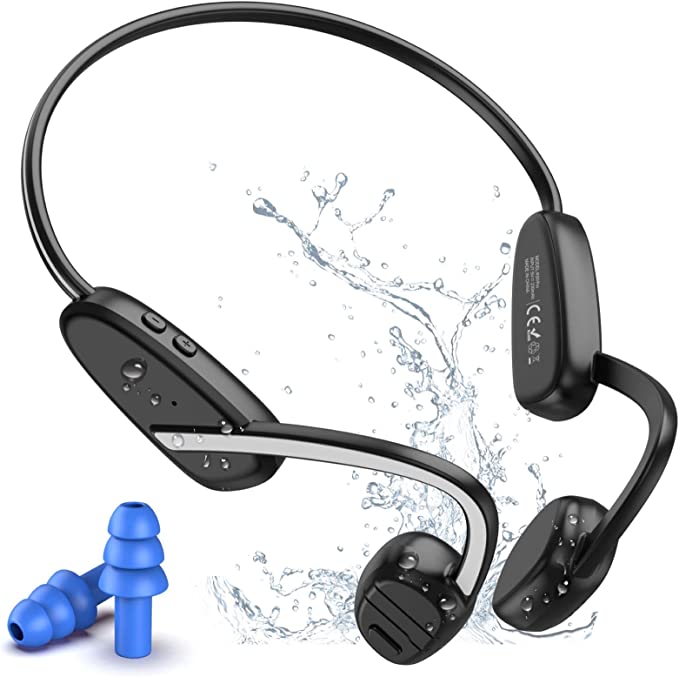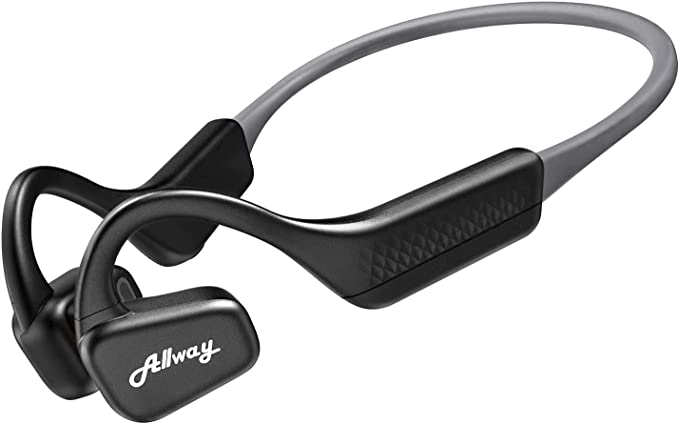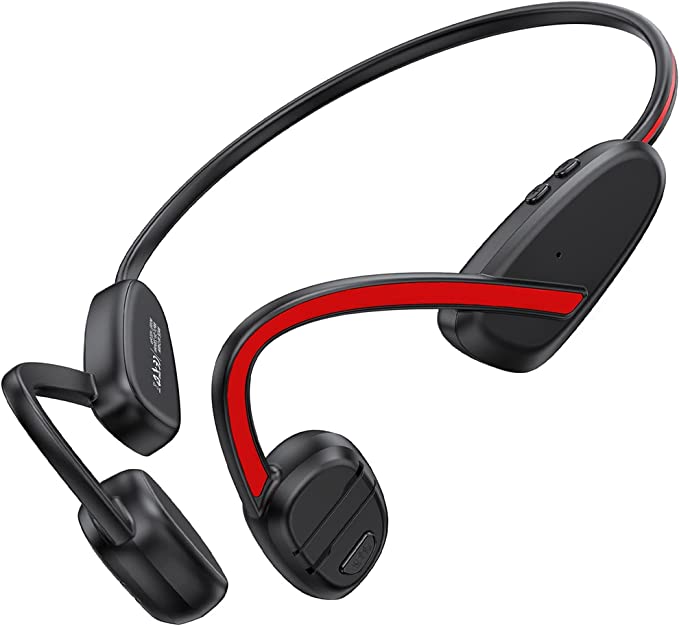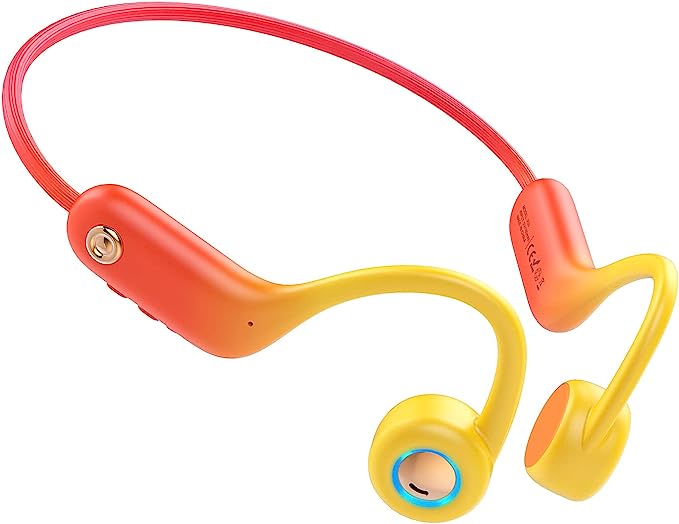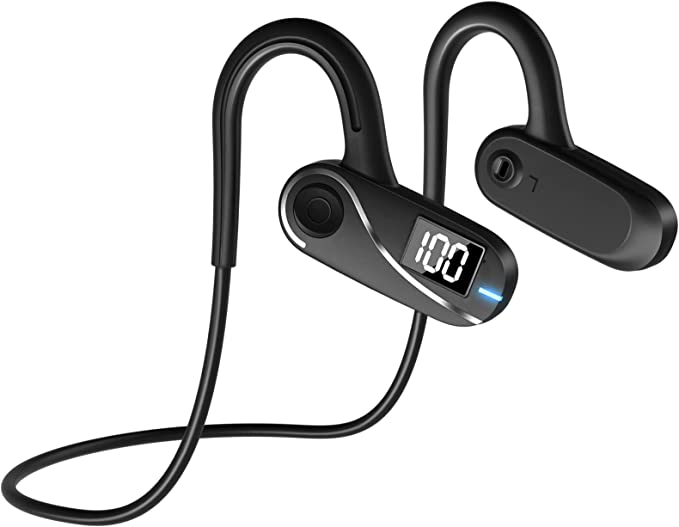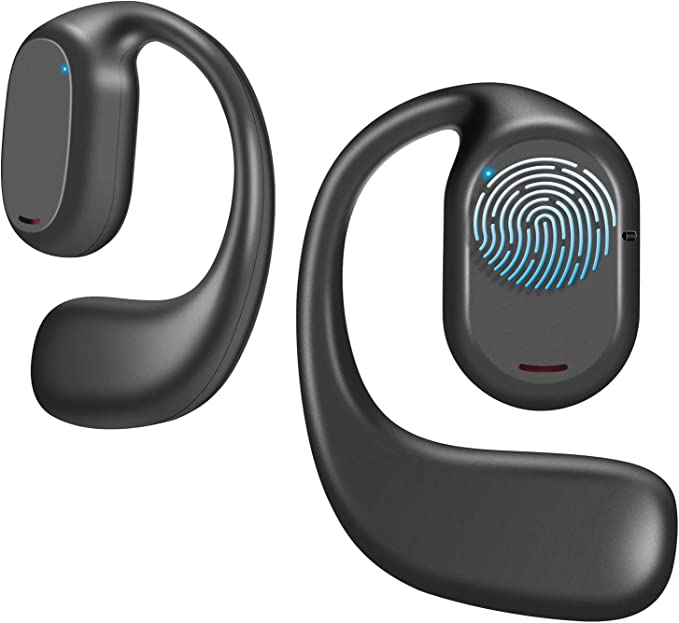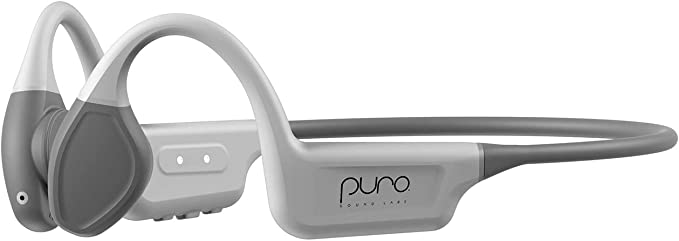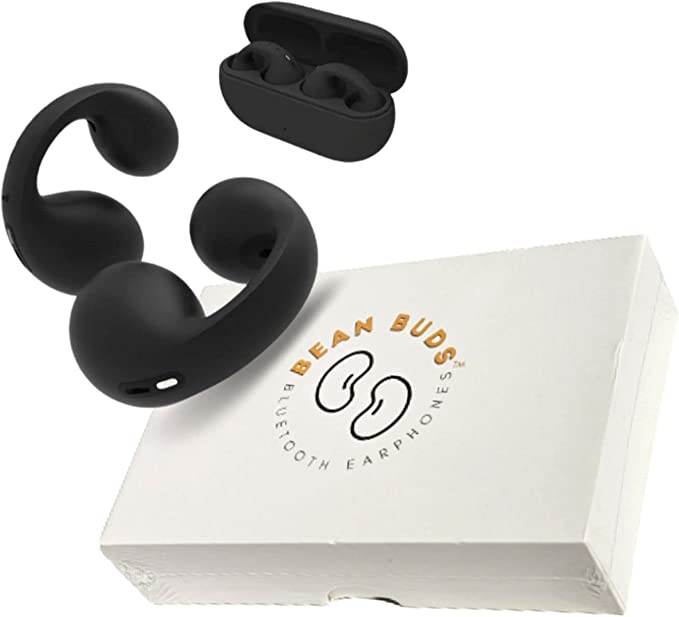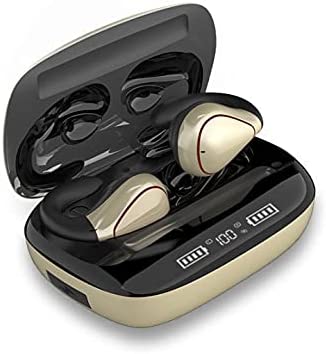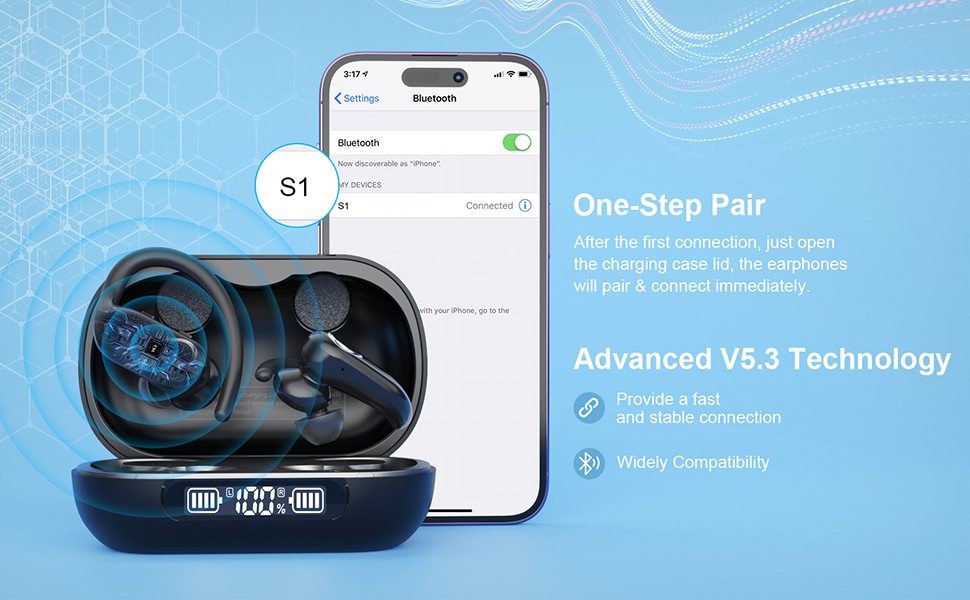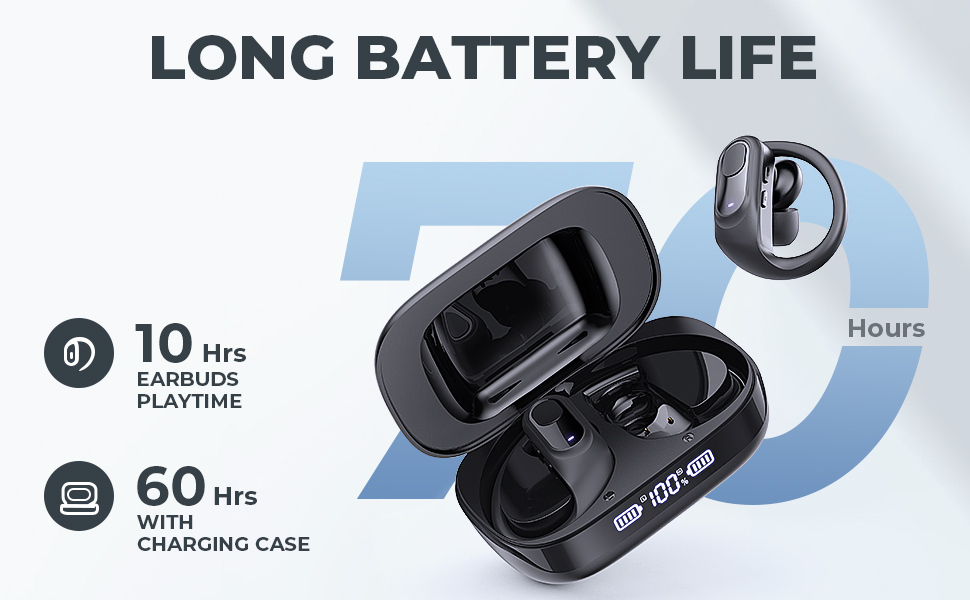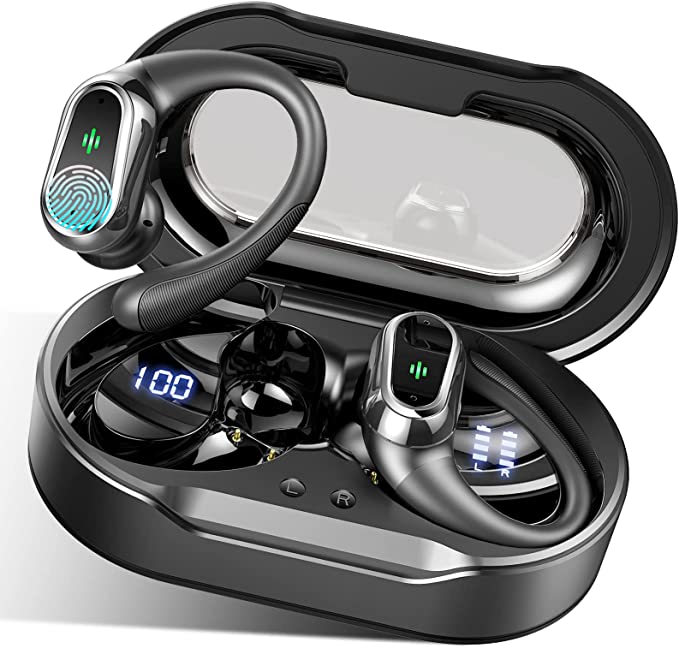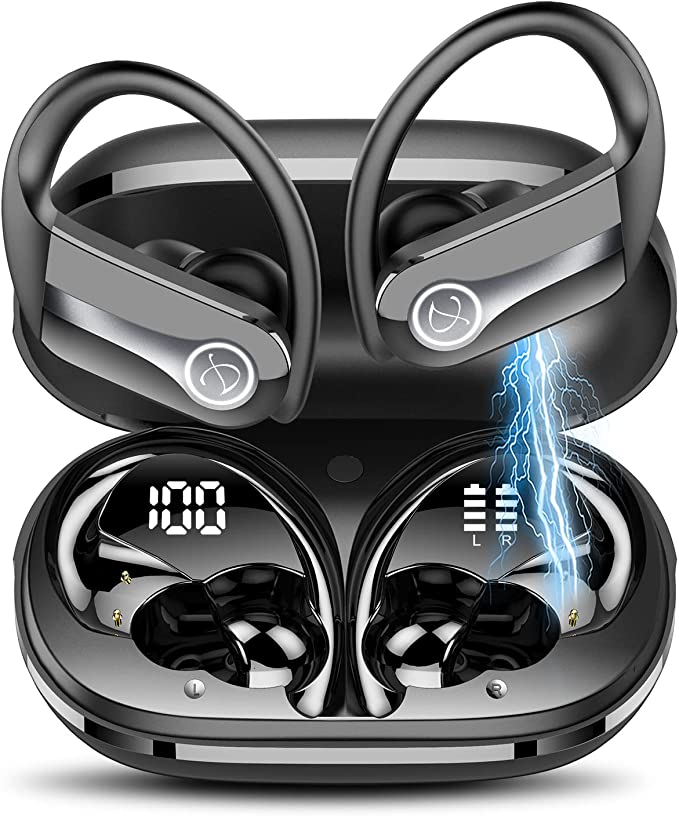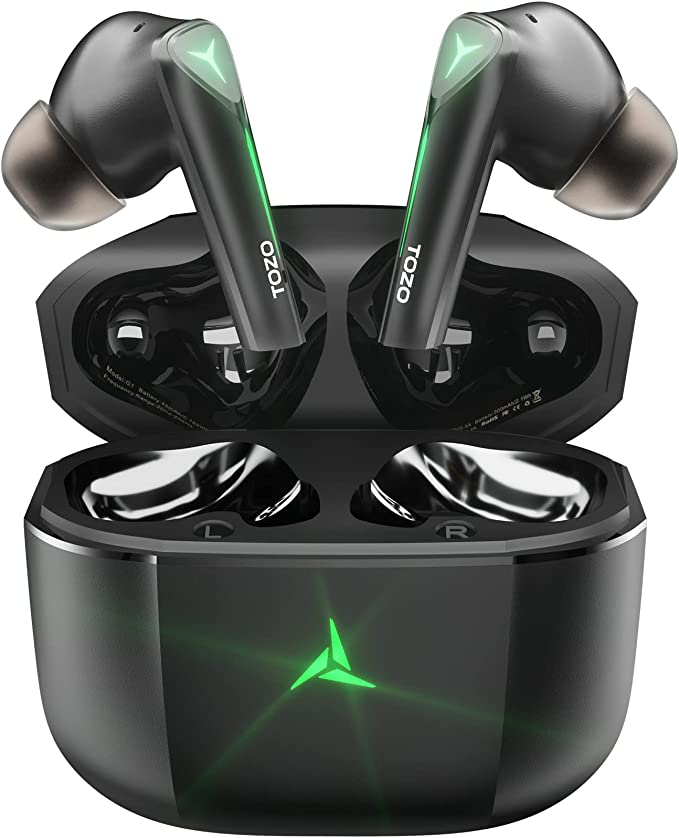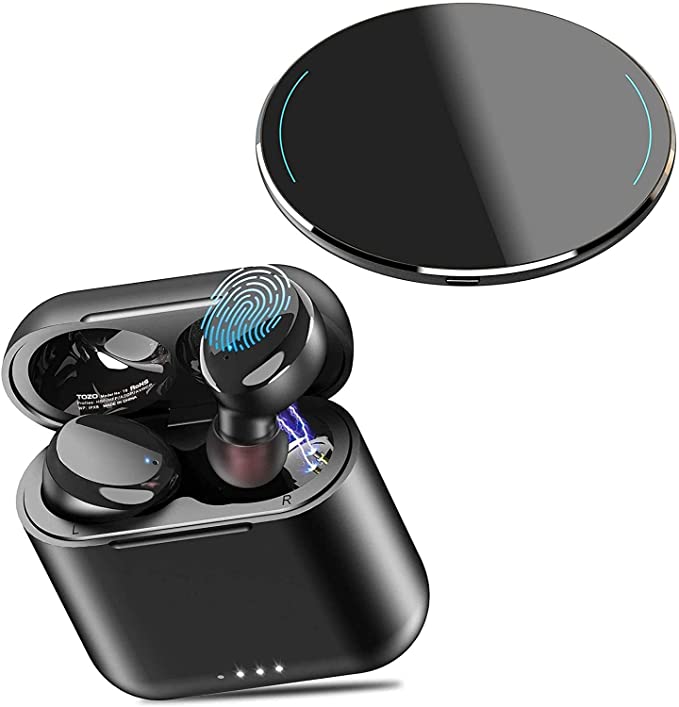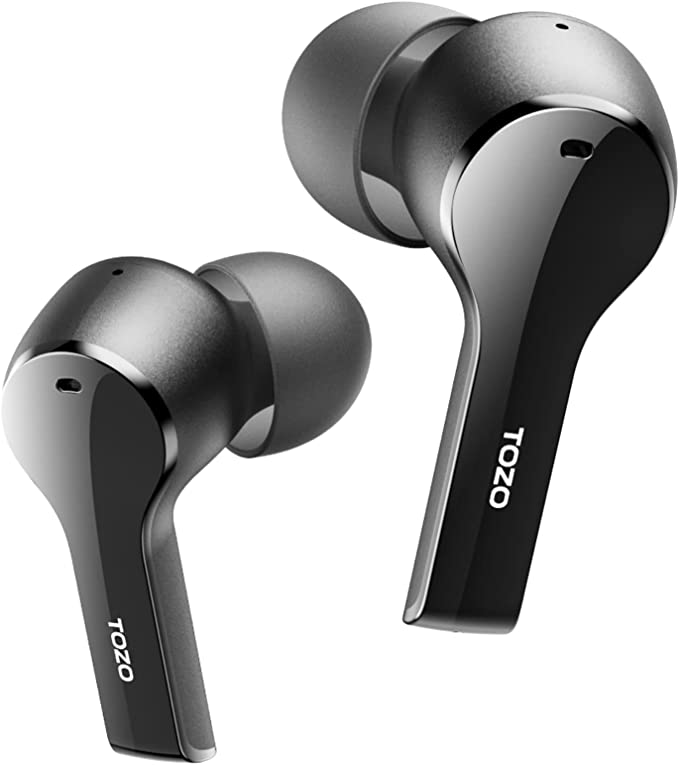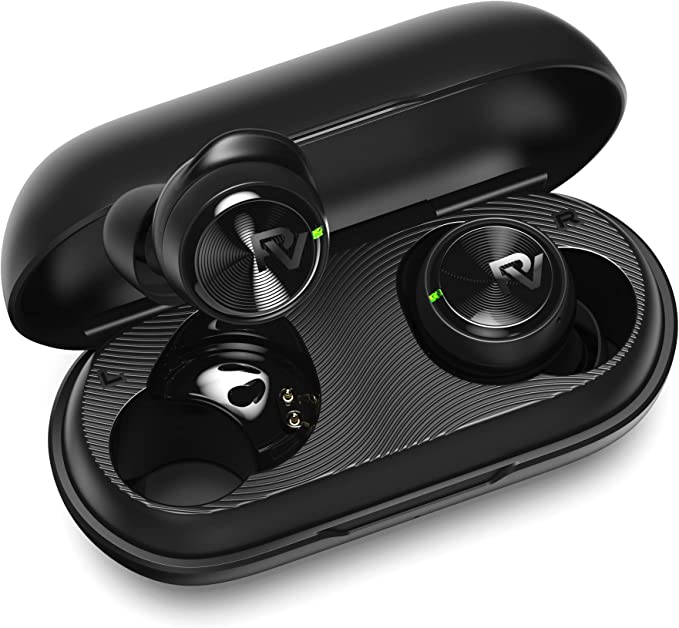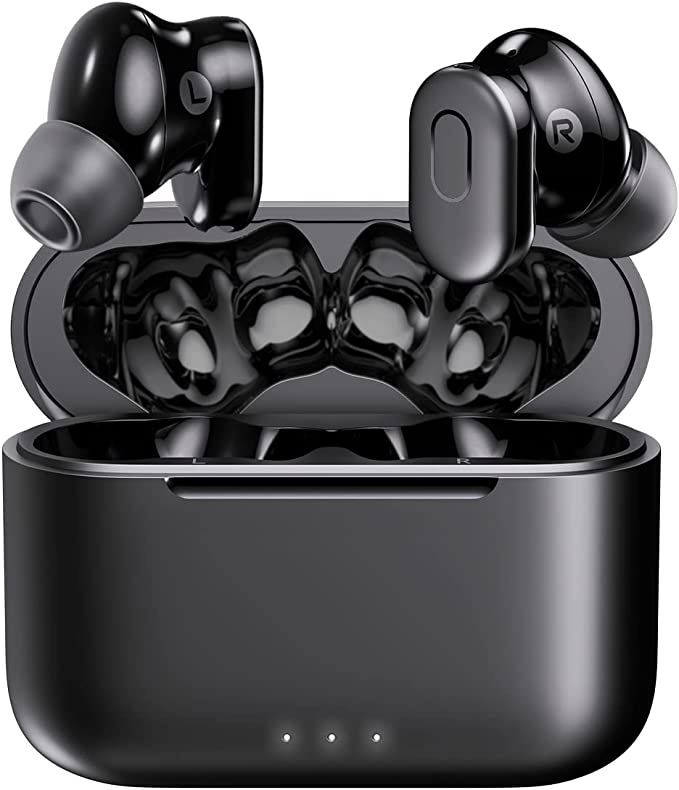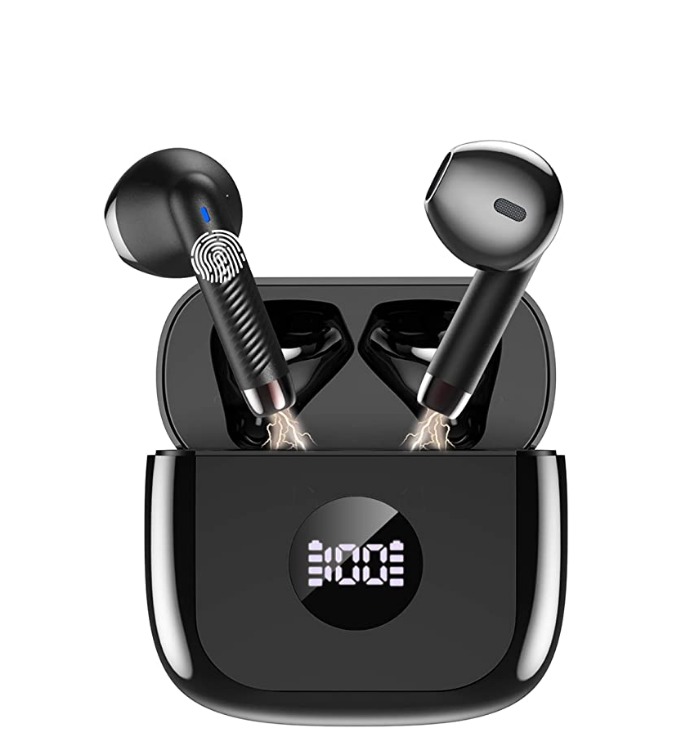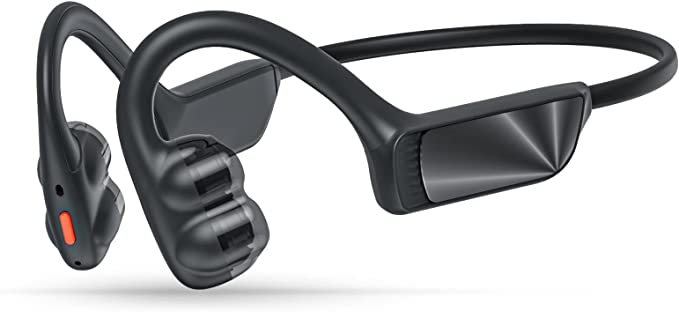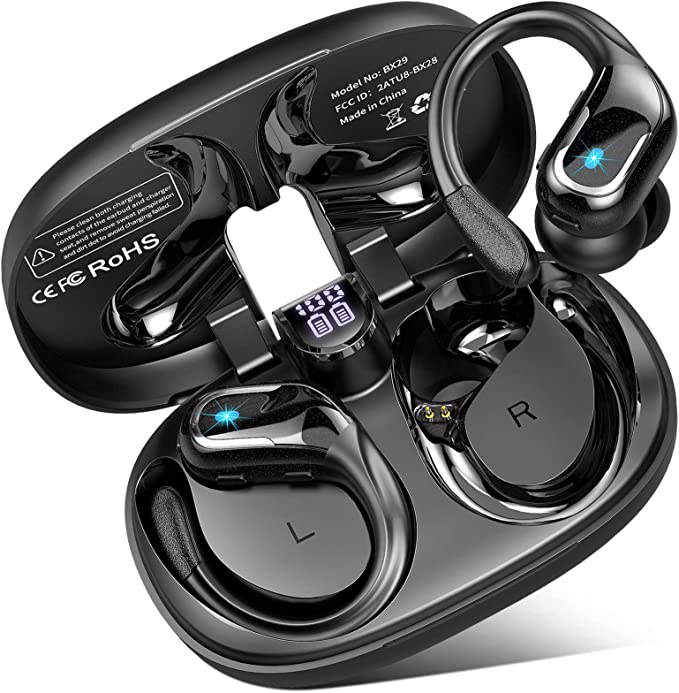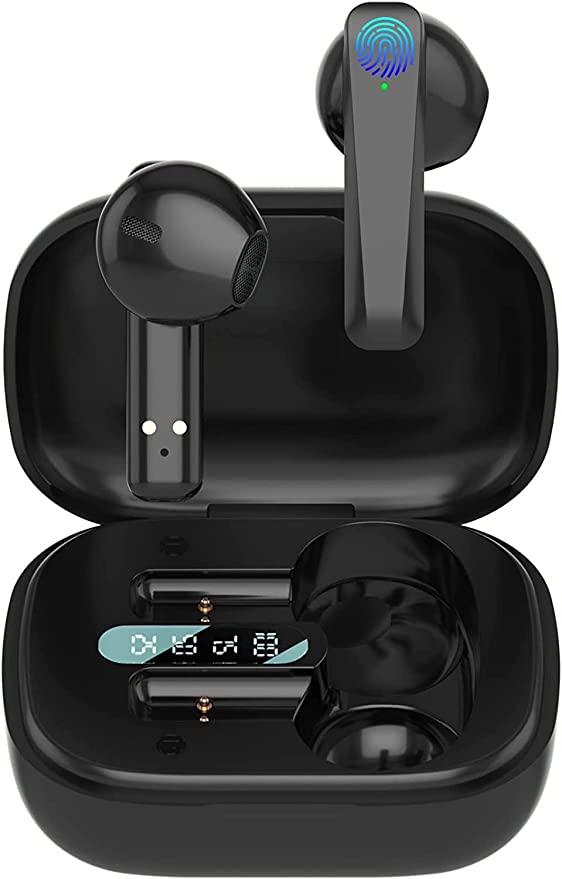The Open Window of Sound: How Air Conduction Earbuds Are Redefining Personal Audio
Update on June 26, 2025, 6:21 p.m.
For decades, we’ve been on a quest for auditory isolation. It began with the foam-padded headphones of the Walkman, creating a fuzzy, private soundtrack to our lives. It evolved into the pristine, sealed-off silence of in-ear monitors and the digital vacuum of active noise-cancelling technology. We made a silent pact with our devices: in exchange for perfect, uninterrupted sound, we would give up the world around us. But this immersion has a cost—a physical fatigue from hours of plugged-in pressure and a perceptual disconnect from the very environment we move through. Now, a different design philosophy is emerging, one that asks a fundamental question: what if we could have our soundtrack without building a wall?
This question is at the heart of designs like the CSL-Computer TWS-7500 wireless earbuds. At first glance, their defining feature is the unusual “clip-on” form factor. But their true innovation lies in the way they handle sound, a method that requires an immediate and important clarification.

A Different Direction: The Physics of Focused Sound
Many assume that any headphone not lodged in the ear canal must use bone conduction, vibrating sound through the skull. This is not the case here. The TWS-7500 operates on a principle that is both far more common and, in this application, ingeniously refined: directional air conduction. This is the same way we hear everything else in the world, but applied with precision.
Imagine you’re in a dark room. Bone conduction is like making the entire floor vibrate to give you a sense of the space. Air conduction, as used here, is like a carefully aimed spotlight. It illuminates only what you need to see, leaving the rest of the room accessible. These earbuds have tiny, precisely angled speakers that rest just outside the ear canal, beaming sound waves directly towards it. They work in harmony with your pinna—the visible, cartilaginous part of your ear—which has evolved over millennia to naturally collect and funnel sound.
The result is a personal sound field that doesn’t require a physical seal. It’s a design that acknowledges the importance of situational awareness, a fundamental cognitive process that keeps us safe and connected. You hear your podcast, but you also hear the approaching cyclist’s bell, the barista calling your order, or a car horn down the street. It’s not a compromise; it’s a concurrent reality.

The Unseen Engine: The Quiet Revolution of Bluetooth 5.3
The freedom of this open-ear design is only practical if its wireless connection is steadfast and its power source is enduring. This is where the choice of Bluetooth 5.3 becomes more than just a version number on a spec sheet. While users often associate new Bluetooth versions with speed, the most significant advancements in 5.3 are its intelligence and profound efficiency.
Think of it as a smarter power grid. Bluetooth 5.3 is exceptionally good at conserving energy. Its Low Energy (LE) protocol and enhanced channel classification mean the earbuds expend minimal power to maintain a stable, clear connection, even in a gym saturated with other wireless signals. This quiet efficiency is the direct enabler of the formidable 30-hour total playtime. It isn’t just about a bigger battery; it’s about a smarter system that sips power instead of gulping it. This transforms the user experience from one of constant “charge anxiety” to a “charge-once-a-week” reality for the average commuter.

Design for Coexistence: Ergonomics Meets Awareness
This philosophy of coexistence extends to the physical design. The “clip-on” approach is a direct solution to a widespread problem: ear fatigue. By gently gripping the sturdy cartilage of the outer ear, the earbuds distribute their light weight over a broad, less sensitive area. This completely avoids the persistent pressure inside the ear canal that makes traditional earbuds uncomfortable for many during extended wear. It’s a fundamental shift from an intrusive to an adjacent design.
This focus on a harmonious fit between technology and user is likely why this approach has garnered such positive feedback, evidenced by over 2,200 ratings that average a remarkable 4.8 out of 5 stars. It resonates with people who need audio for their workouts but want to remain safe, or for office workers who need to stay tuned into conversations while listening to focus music. It’s a tool for integration, compatible across the aisle with both iPhone and Samsung Android ecosystems.
Ultimately, the CSL-Computer TWS-7500 and designs like it aren’t trying to win the fidelity war in a soundproof room. They are not for the audiophile seeking the deepest bass response that a sealed chamber can provide, a trade-off that inherently means some sound can be audible to those nearby at high volumes. Instead, they champion a different victory: the seamless, comfortable, and safe integration of our digital and physical worlds. They represent a mature phase in personal audio, one that understands the future may not be about creating a more perfect bubble, but about elegantly opening a window in the one we already have. It’s about listening outward, not just inward.
